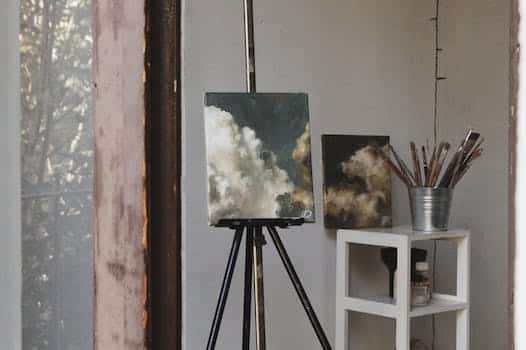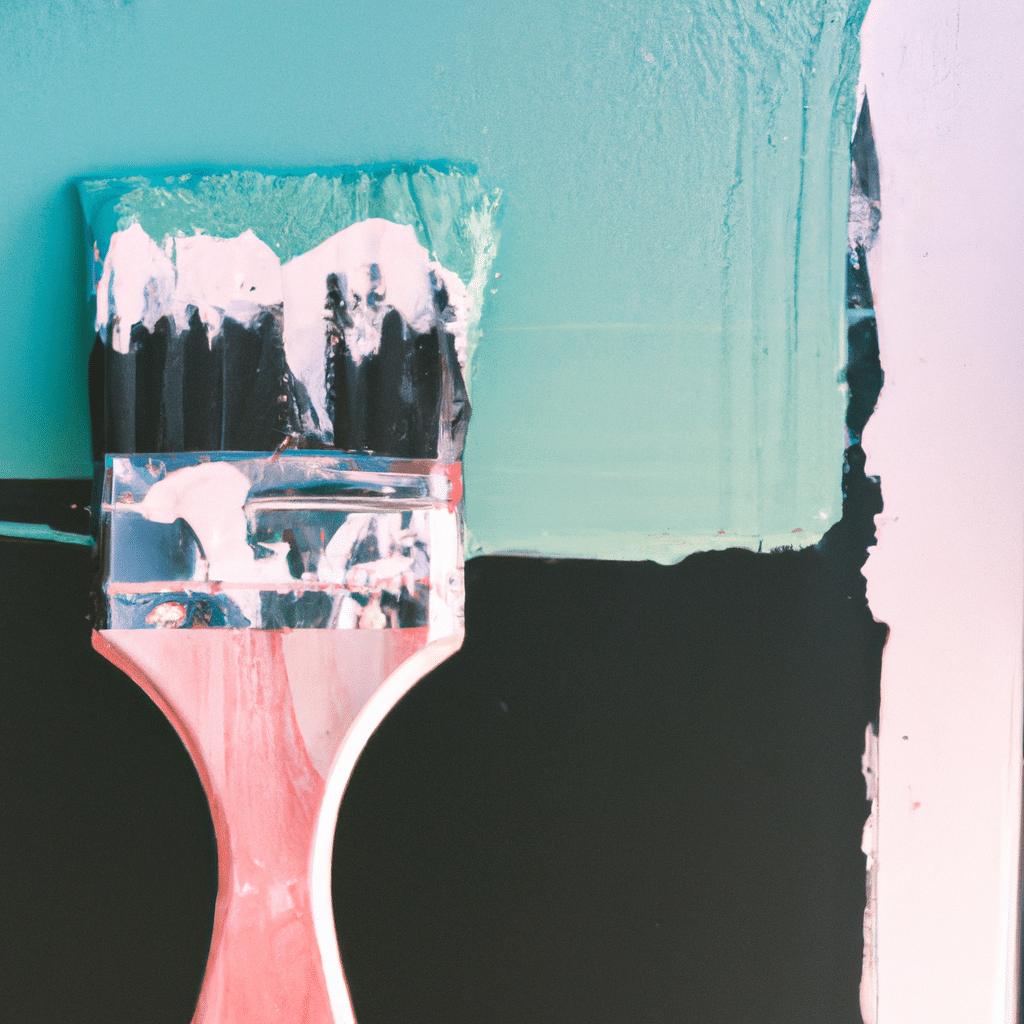If you’re an artist looking to up your game, you may want to consider oil painting. This classic medium has been used for centuries to create beautiful and timeless works of art. With a few tips and tricks, you can learn how to use oil paint to its fullest potential.
Preparing Your Canvas
The first step in oil painting is to prepare your canvas. You’ll need to prime it with gesso to create a smooth, even surface. Once the gesso is dry, you can use a pencil to sketch out your design. Some artists prefer to use a toned canvas for added depth and dimension.
Choosing Your Colors
Oil paint comes in a wide variety of colors, so it can be overwhelming to choose the right ones. As a beginner, it’s best to start with a basic set of colors and then add to your collection as needed. You’ll want to choose colors that are rich and vibrant, but also mix well together.
Blending Techniques
One of the most important techniques in oil painting is blending. This involves mixing colors together on the canvas to create a smooth transition. To blend, use a soft brush and gentle strokes. You can also use a palette knife for a more textured look.
Layering Colors
To create depth and dimension in your painting, you’ll want to layer your colors. Start with the lightest colors and work your way up to the darkest. This will give your painting a more realistic look.
Using Unique Wall Painting Techniques and Designs
If you’re looking to try something different, consider using unique wall painting techniques and designs. These can include things like texture, stencils, and even 3D effects. There are plenty of tutorials available online to help you get started.
Conclusion
Oil painting is a beautiful and timeless medium that every serious artist should try. With a little practice and the right techniques, you can create stunning works of art that will last a lifetime.






These 10 innovative and imaginative DIY home decor ideas from [object Object] provide a refreshing approach to enhancing ones living…